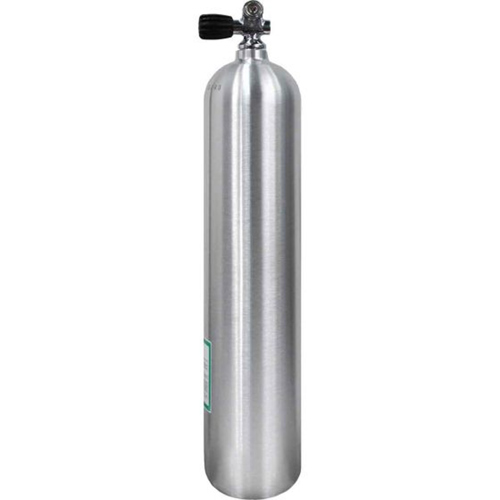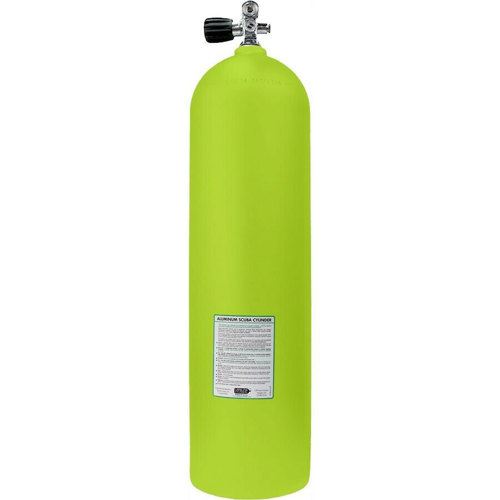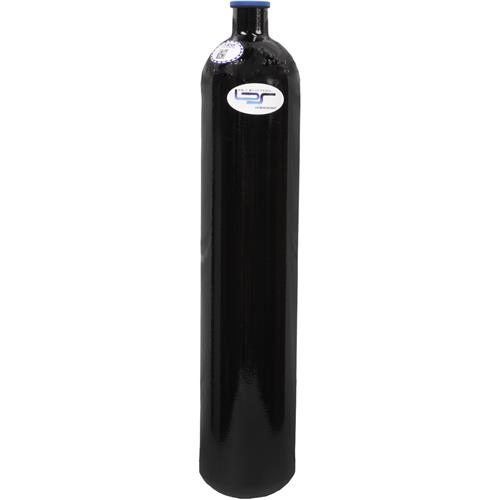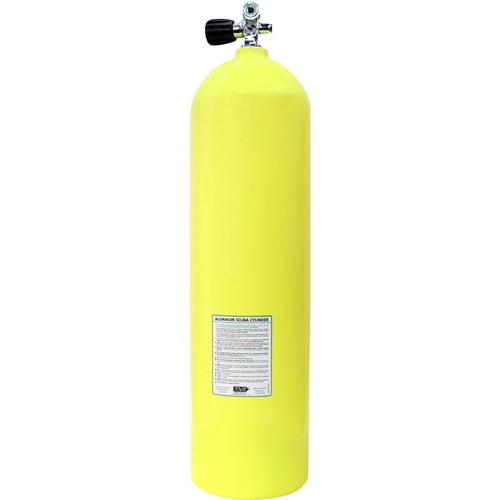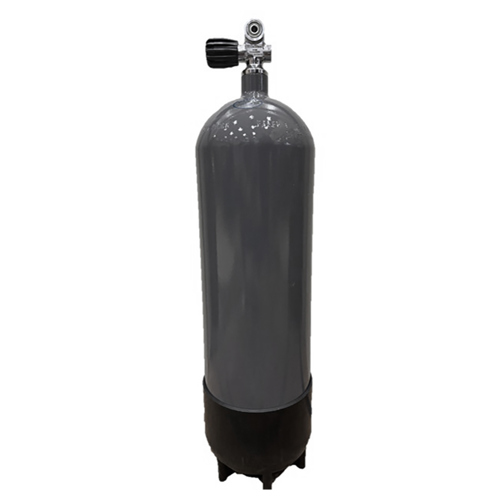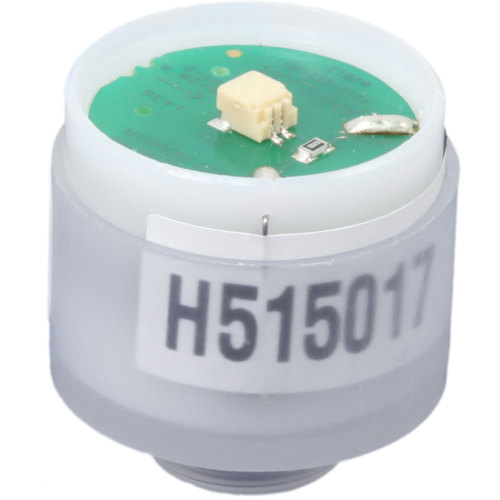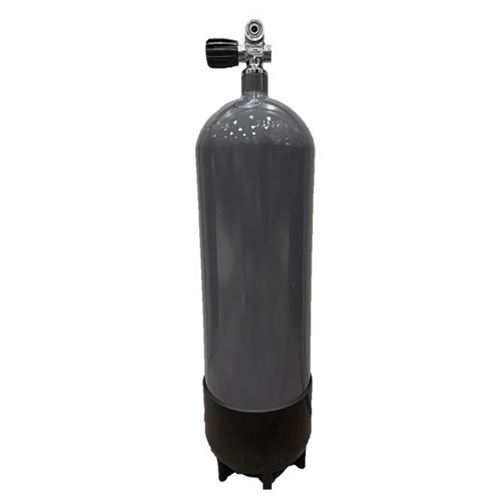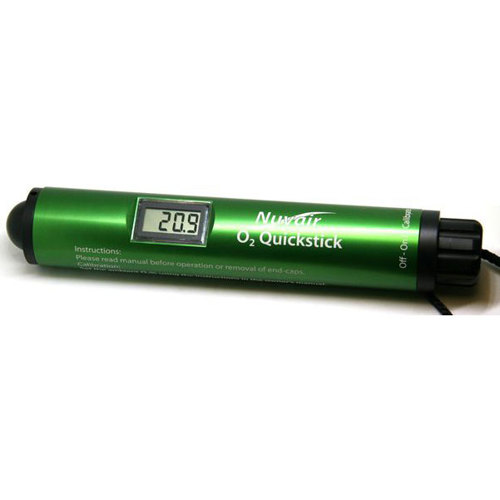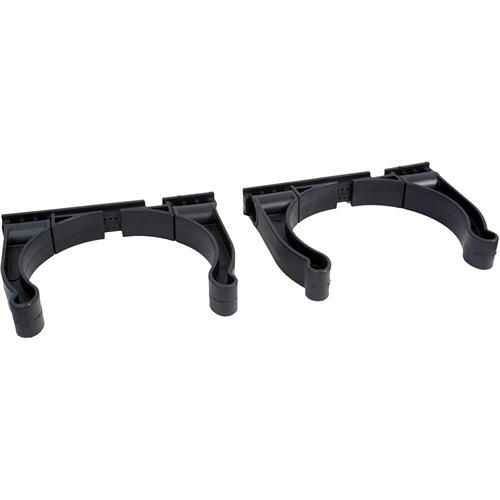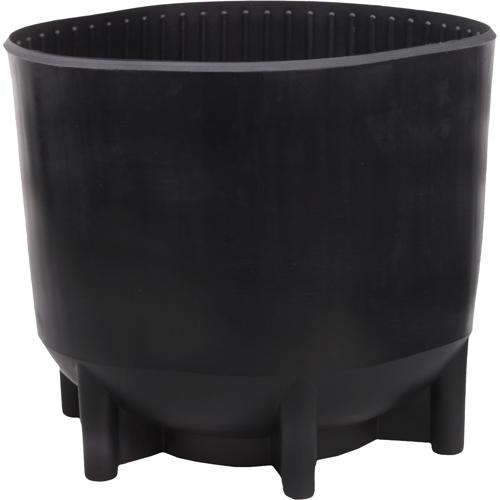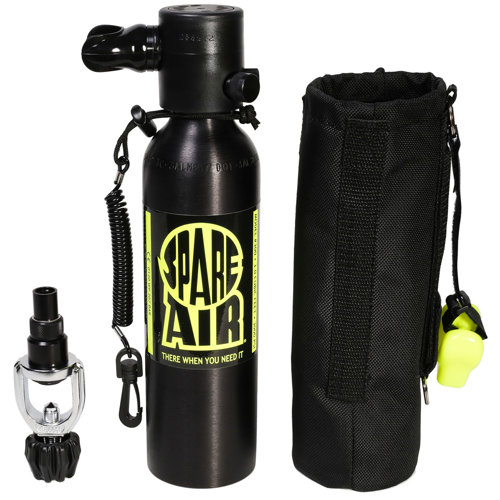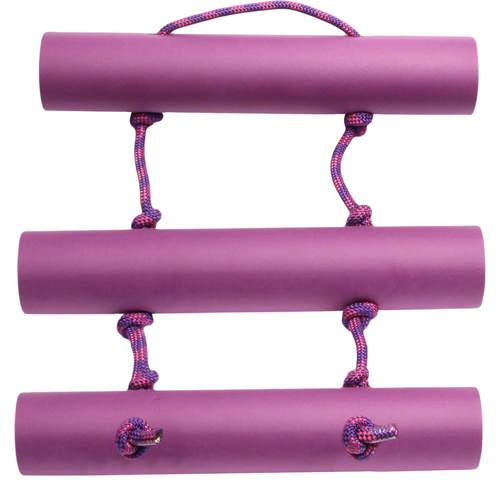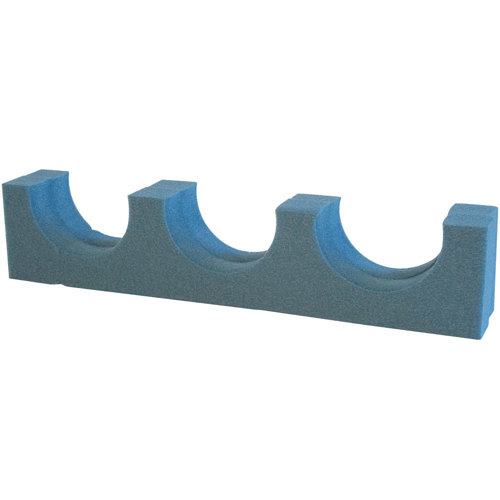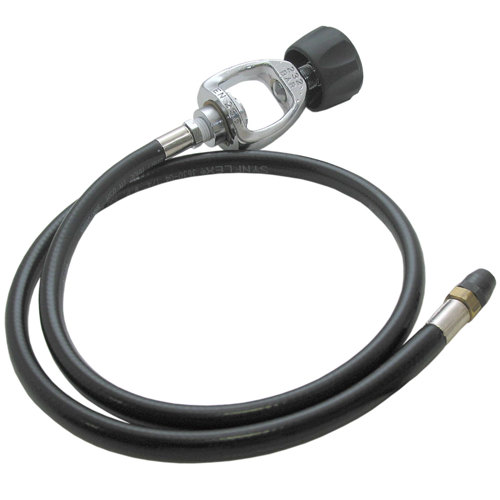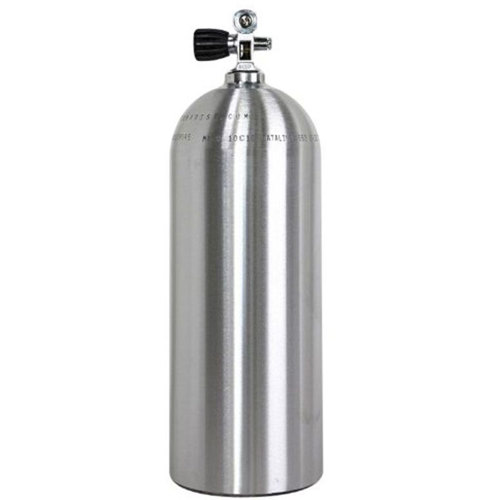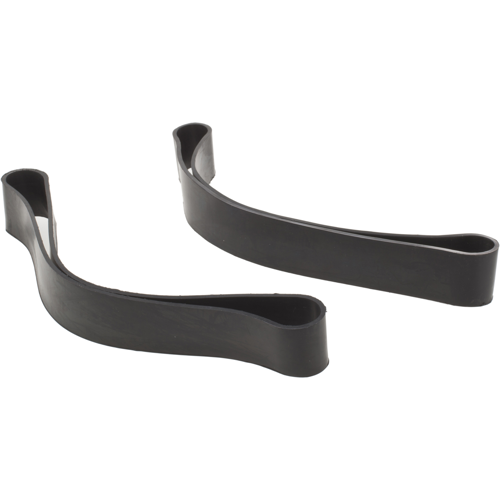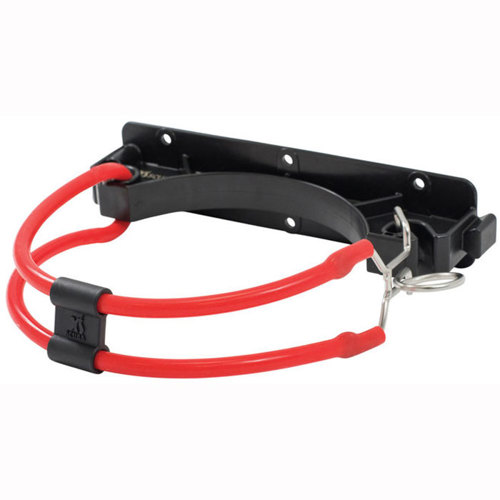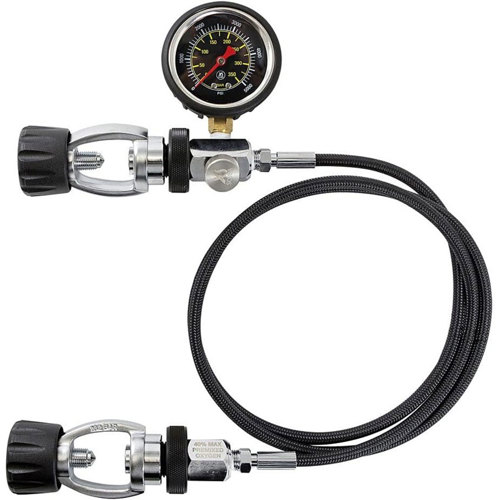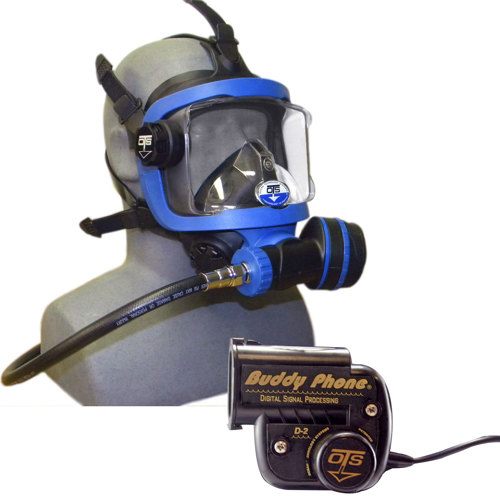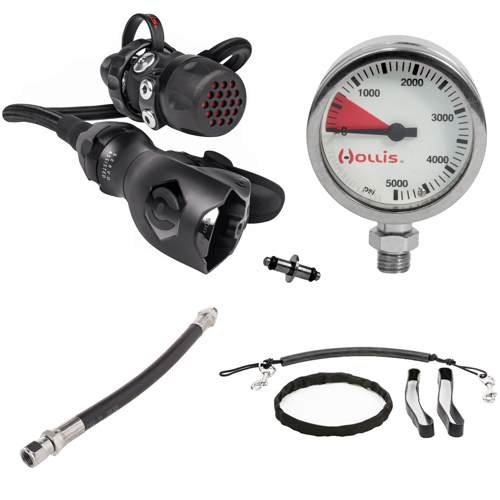Choosing the right oxygen tank for diving is a decision that shapes every underwater adventure, whether you’re gearing up for a colorful drift along a shallow reef or preparing for the technical demands of a deep sea expedition. As the warmer months of May invite divers back into the water, the importance of reliable, high-quality equipment becomes even more pronounced. Oxygen tanks, sometimes referred to as diving oxygen bottles, are the beating heart of any scuba setup, providing the essential air supply that allows divers to explore with confidence and safety. For those new to the sport, the selection process can feel overwhelming, but focusing on key factors like tank capacity, material, weight, and intended use can help narrow the choices. Many seasoned divers recall their first dive with a freshly filled cylinder—the reassuring heft of the tank, the cool condensation on the metal, and the subtle hiss as the regulator is attached. It’s a ritual that marks the transition from surface dweller to aquatic explorer. Whether you’re seeking a compact tank for travel or an oxygen big tank for scuba diving expeditions, the right cylinder becomes a trusted companion, enabling longer bottom times and deeper explorations.
Oxygen tanks aren’t just for recreational divers; they’re indispensable for dive instructors, rescue teams, and those undergoing specialized training. Dive shops and instructors often rely on robust, high-capacity tanks sourced from reputable oxygen tank diver factories to ensure safety during group dives and courses. If you’re considering a thoughtful gift for a diver in your life—perhaps a friend preparing for a summer certification course or a family member eager to upgrade their gear—a new tank is both practical and deeply appreciated. Imagine the excitement of unwrapping a sleek cylinder, its brushed aluminum or steel surface gleaming in the morning sun, ready to accompany its owner on countless underwater journeys. Some divers prefer the durability and lighter weight of aluminum options, like those found in catalina oxygen tanks, while others opt for steel tanks for their higher pressure ratings and compact size. The choice often comes down to personal preference, dive environment, and the type of diving planned. For those embarking on technical or deep sea diving, oxygen tanks with higher capacities and specialized valves are a must, offering the assurance needed for extended dives in challenging conditions.
When selecting an oxygen tank, it’s important to consider not only the immediate needs but also future goals as a diver. Are you planning to pursue advanced certifications, participate in group dives, or travel to remote destinations where refill stations may be scarce? Investing in a versatile, high-quality tank can open doors to new experiences and greater independence underwater. As the dive season ramps up, many divers take the opportunity to inspect and upgrade their equipment, ensuring everything is in peak condition for summer adventures. For those interested in formal training or expanding their skills, there are dedicated resources to help match you with the right gear—explore our
Scuba Tanks For Dive Training Courses for guidance tailored to both beginners and seasoned pros. Ultimately, the right diving oxygen tank is more than just a piece of equipment; it’s a gateway to discovery, safety, and the unforgettable moments that only the underwater world can offer.

